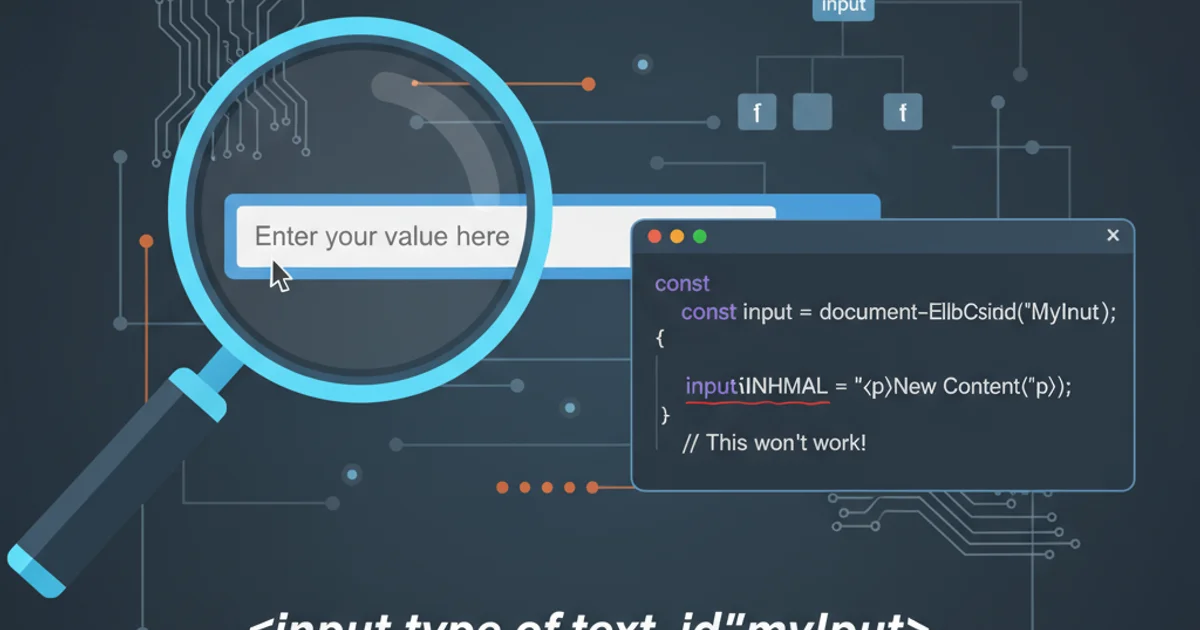Why do relationships as a concept exist in neo4j or graph databases in general?
Categories:
The Core of Connection: Why Relationships Matter in Graph Databases

Explore the fundamental role of relationships in Neo4j and other graph databases, understanding how they enable powerful data modeling and querying.
In the world of data storage, traditional relational databases have long reigned supreme, organizing information into tables with rows and columns. However, as data became more interconnected and complex, a new paradigm emerged: graph databases. At the heart of this paradigm shift lies a crucial concept – relationships. Unlike their relational counterparts, graph databases treat relationships as first-class citizens, equal in importance to the data entities themselves. This article delves into why relationships are so fundamental to graph databases like Neo4j, and how they unlock unparalleled capabilities for modeling and querying connected data.
Beyond Tables: The Limitations of Relational Models for Connected Data
To understand the power of relationships in graph databases, it's essential to first recognize the limitations of traditional relational models when dealing with highly connected data. In a relational database, connections between entities are typically represented through foreign keys, which link rows across different tables. While effective for structured, tabular data, this approach can become cumbersome and inefficient for complex, multi-hop relationships.
flowchart TD
A[User Table] --> B{Order Table}
B --> C[Product Table]
A -- "JOIN on UserID" --> B
B -- "JOIN on ProductID" --> C
subgraph Relational Model
A
B
C
end
style A fill:#f9f,stroke:#333,stroke-width:2px
style B fill:#bbf,stroke:#333,stroke-width:2px
style C fill:#ccf,stroke:#333,stroke-width:2pxRepresenting relationships in a relational database using JOINs.
Consider a social network. To find friends of friends, a relational database would require multiple JOIN operations across several tables (e.g., Users, Friendships). As the depth of the relationship increases (friends of friends of friends), the number of JOINs escalates, leading to performance bottlenecks and complex queries. This 'join tax' is a significant drawback when the relationships themselves are the primary focus of the data.
Relationships as First-Class Citizens: The Graph Database Advantage
Graph databases fundamentally change this perspective by elevating relationships to the same level of importance as nodes (data entities). Each relationship is a distinct entity with a type, direction, and can even have properties of its own. This direct representation of connections offers several key advantages:
(Person)-[:KNOWS]->(Person) relationship clearly defines the interaction.graph TD
A(Alice) -- "KNOWS" --> B(Bob)
A -- "LIVES_IN" --> C(New York)
B -- "WORKS_AT" --> D(Acme Corp)
D -- "LOCATED_IN" --> C
B -- "KNOWS" --> E(Charlie)
E -- "WORKS_AT" --> D
subgraph Graph Model
A
B
C
D
E
end
style A fill:#f9f,stroke:#333,stroke-width:2px
style B fill:#bbf,stroke:#333,stroke-width:2px
style C fill:#ccf,stroke:#333,stroke-width:2px
style D fill:#ddf,stroke:#333,stroke-width:2px
style E fill:#eef,stroke:#333,stroke-width:2pxDirect representation of relationships in a graph database.
1. Intuitive Data Modeling
Graph models closely mirror how humans perceive and organize information. Instead of breaking down complex relationships into multiple tables, you model data as a network of interconnected entities. This makes the schema more readable, understandable, and easier to evolve as business requirements change.
2. Performance for Connected Queries
Because relationships are stored directly alongside the nodes, traversing connections is incredibly efficient. Graph databases use index-free adjacency, meaning each node maintains direct pointers to its neighbors. This eliminates the need for expensive JOIN operations, allowing for lightning-fast traversal of even deep and complex relationship paths. This is particularly beneficial for use cases like recommendation engines, fraud detection, and network analysis.
3. Richer Context and Meaning
Relationships in graph databases are not just links; they carry meaning. They have types (e.g., KNOWS, OWNS, WORKS_AT) and can have properties (e.g., since for a KNOWS relationship, salary for a WORKS_AT relationship). This rich semantic layer provides deeper context to the data, enabling more sophisticated queries and insights.
Practical Implications: Neo4j and Cypher
Neo4j, a leading graph database, exemplifies these principles. Its query language, Cypher, is specifically designed to express patterns of nodes and relationships in an intuitive, ASCII-art-like syntax. This makes querying connected data significantly simpler and more powerful than with SQL.
MATCH (p1:Person)-[:KNOWS]->(p2:Person)-[:KNOWS]->(p3:Person)
WHERE p1.name = 'Alice'
RETURN p3.name AS FriendOfFriend
Finding friends of friends in Neo4j using Cypher.
This Cypher query directly expresses the pattern of two KNOWS relationships, making it easy to understand and highly performant. Compare this to the multiple JOINs and subqueries that would be required in a relational database to achieve the same result.
Conclusion: The Future is Connected
Relationships are not merely an optional feature in graph databases; they are their defining characteristic and core strength. By treating connections as first-class citizens, graph databases provide an unparalleled ability to model, store, and query highly interconnected data with clarity, flexibility, and performance. As the world becomes increasingly connected, the ability to understand and leverage these relationships will only grow in importance, making graph databases an indispensable tool for modern data challenges.